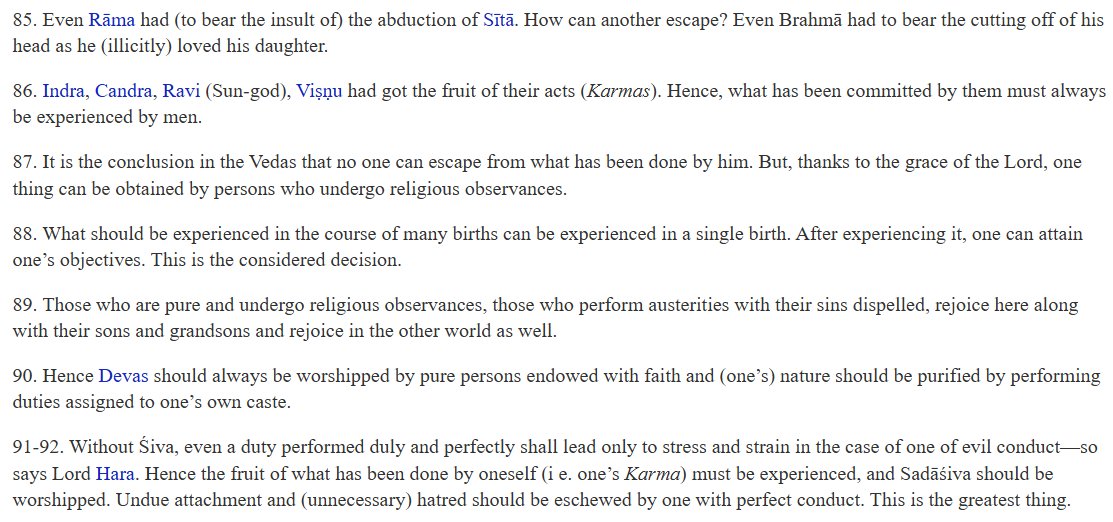This is not true.
The Pūrvakāmika, 1 of the 28 canonical Siddhāntāgamas, first speaks of “open defecation” at the wee hours of dawn & then prescribes an alternative at the end:
*gṛhe* maitrapade vāpi kṛtvā cāvaśyakakriyām ||
śaucaṃ samācaret snānaṃ mandire prāgvidhānataḥ |
The Pūrvakāmika, 1 of the 28 canonical Siddhāntāgamas, first speaks of “open defecation” at the wee hours of dawn & then prescribes an alternative at the end:
*gṛhe* maitrapade vāpi kṛtvā cāvaśyakakriyām ||
śaucaṃ samācaret snānaṃ mandire prāgvidhānataḥ |
https://twitter.com/entropied/status/1477493851816226818
If in-home toilets were not widespread, it could have been due to logistical difficulties. The same Pūrvakāmika provides for pipes/ducts to facilitate the outflow of waste at (apparently centralized) hasti/go-śālas (elephant/bovine residences).
Providing that for human residences may have been impractical at that time. With the relative ease of providing such infrastructure today though, “open defecation” is (rightly) on its way to obsolescence/oblivion.
And toilet as a private space in each home should not be seen as an inversion but as a realization of a healthy alternative provided in sacred scripture itself. Historically speaking, it would be around 1000-1200 years ago.
By 1000-1200, I’m referring to academic dating of the Pūrvakāmika. There is no freeze-frame of the past that we can unhesitatingly emulate today without applying our minds.
If you are a careful student of tradition, you would know that what was not appreciated 2000 years ago came to be taken for granted by 1500 years ago. Same goes for 1500 & 1000, 1000 & 500, etc. There will be some changes which are effectively irreversible. Work with them.
• • •
Missing some Tweet in this thread? You can try to
force a refresh













